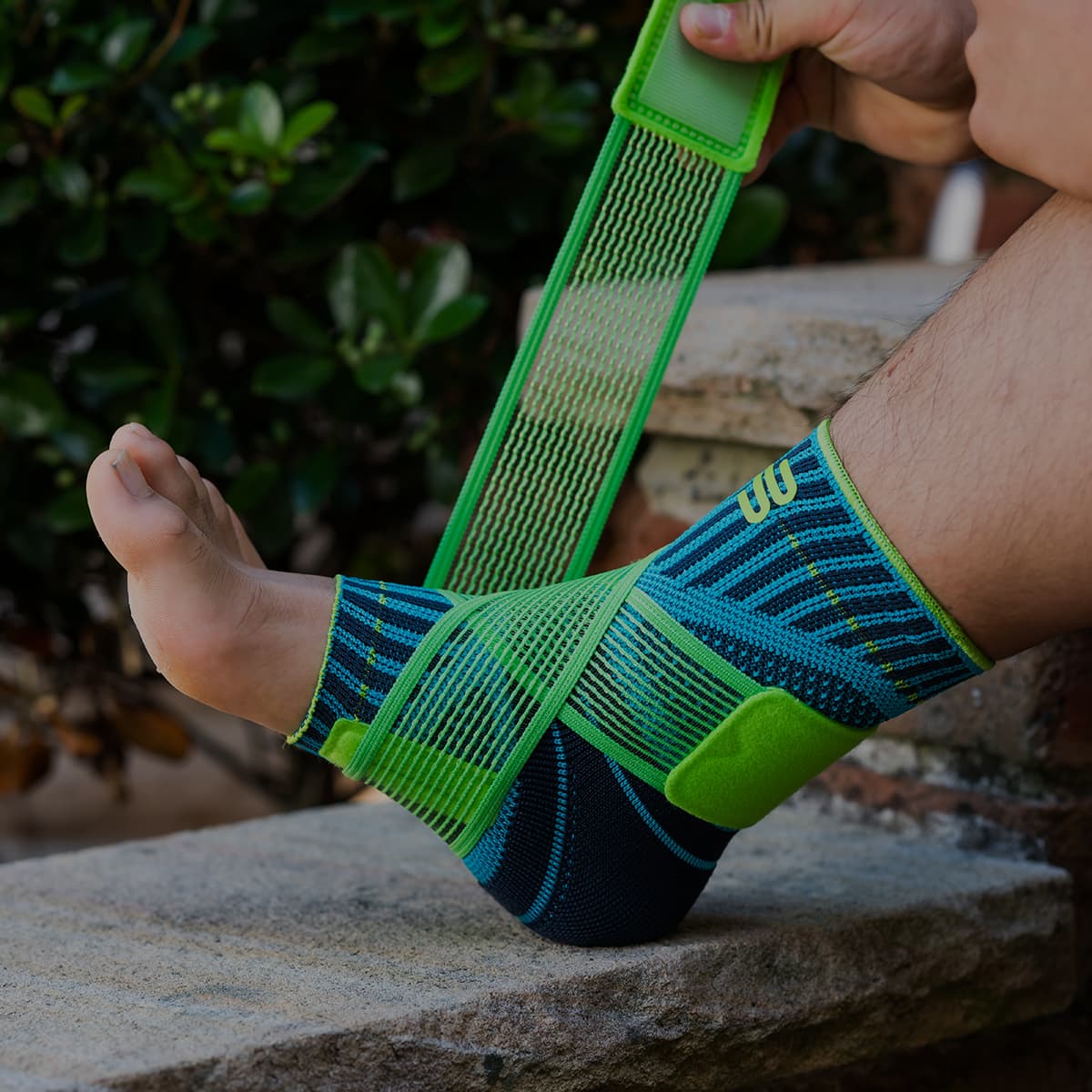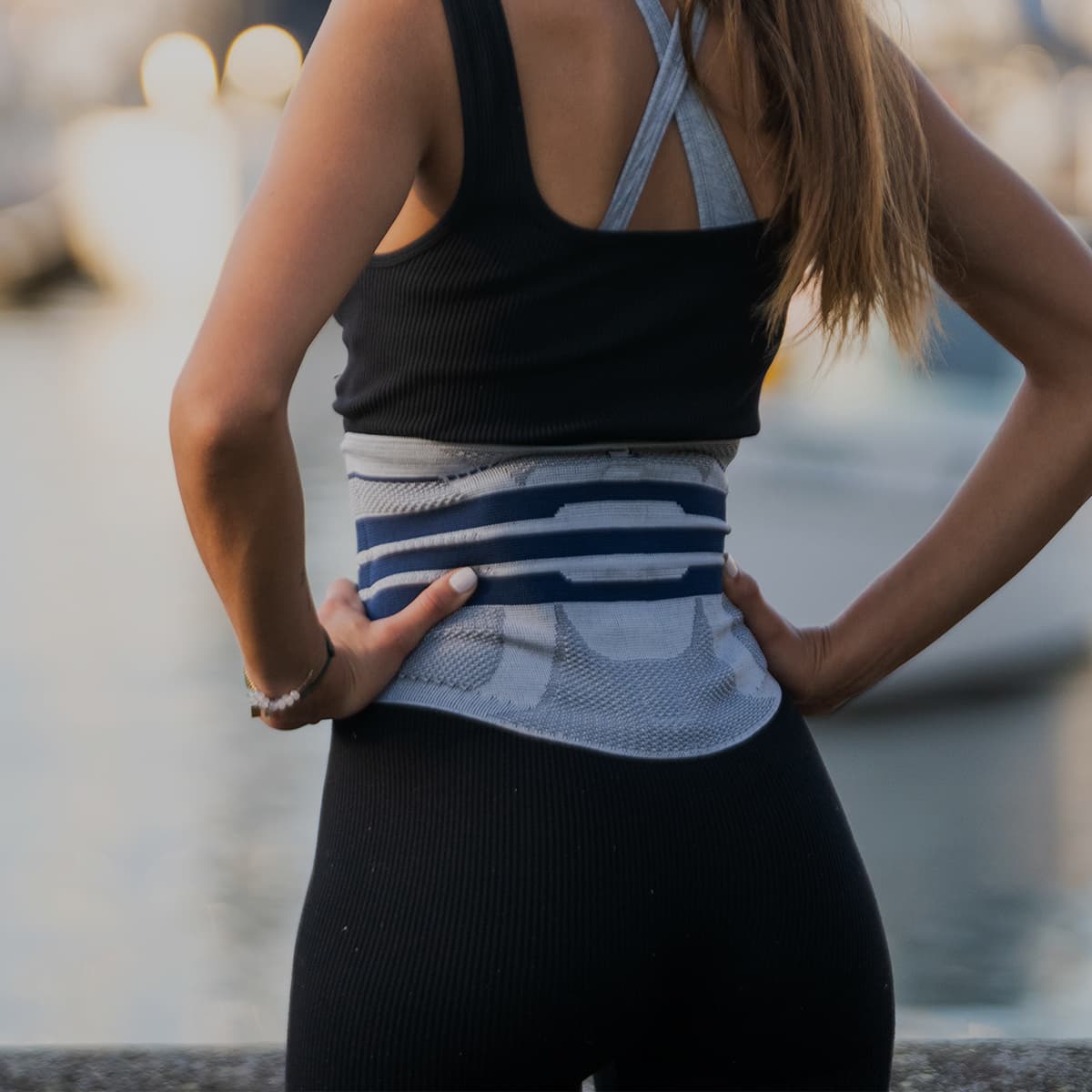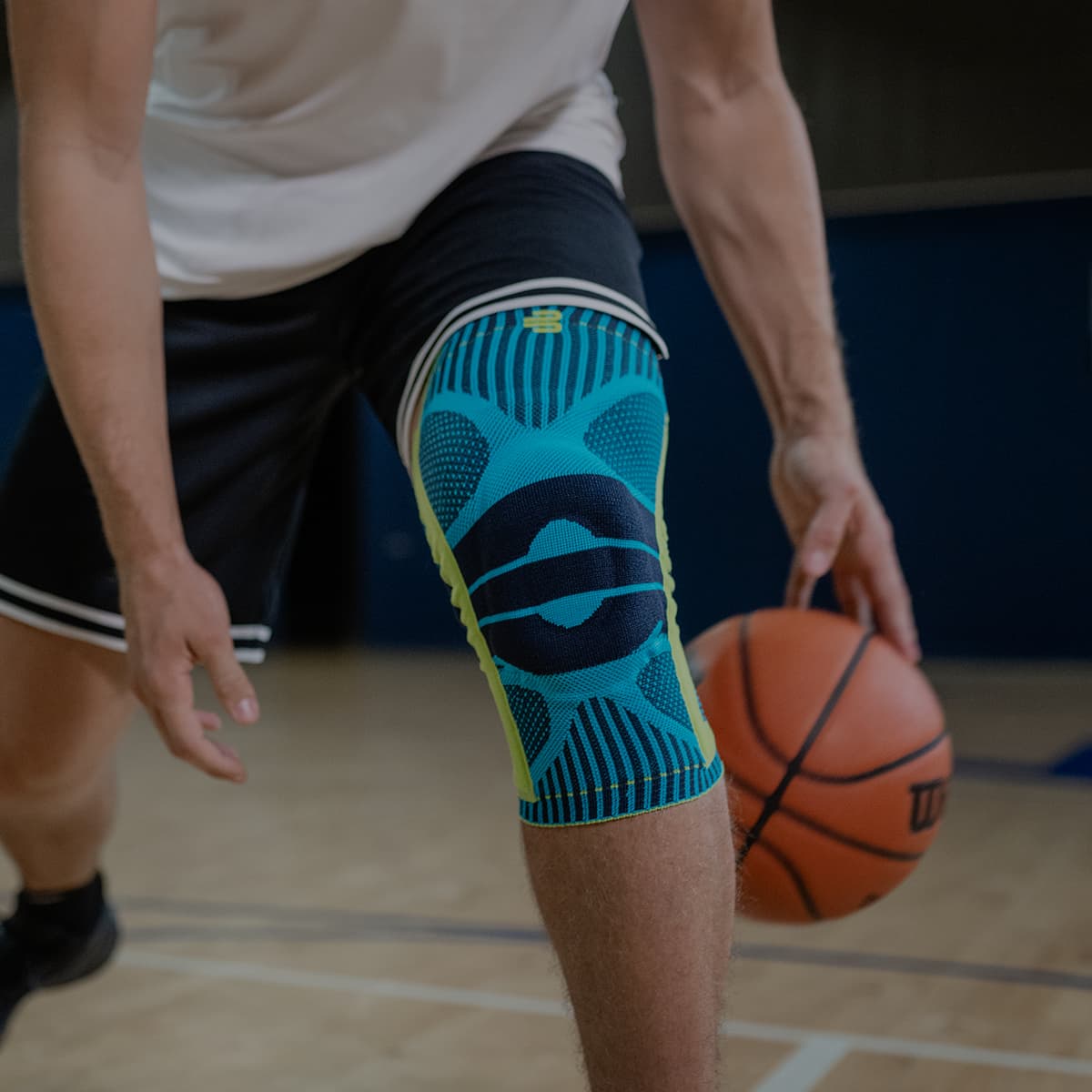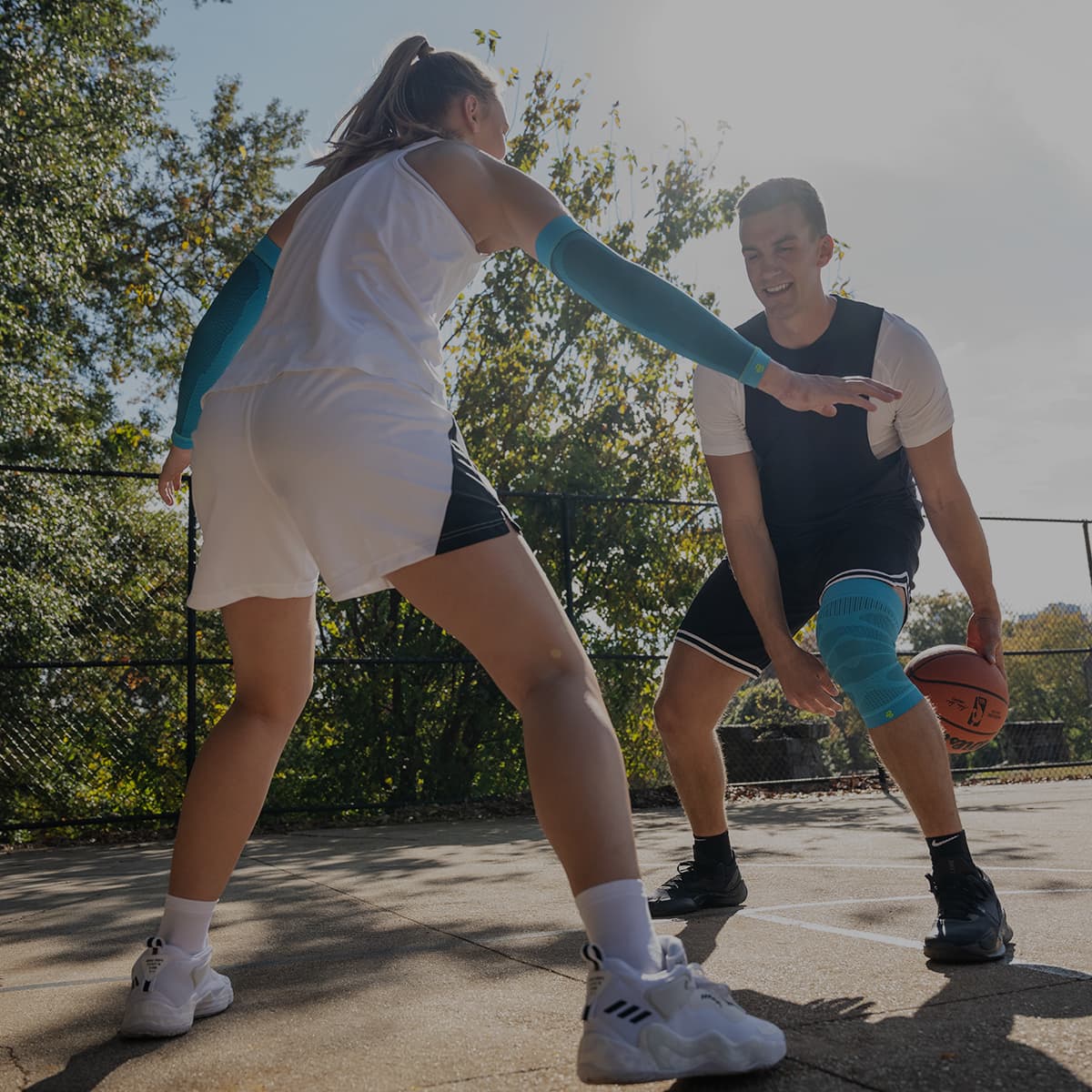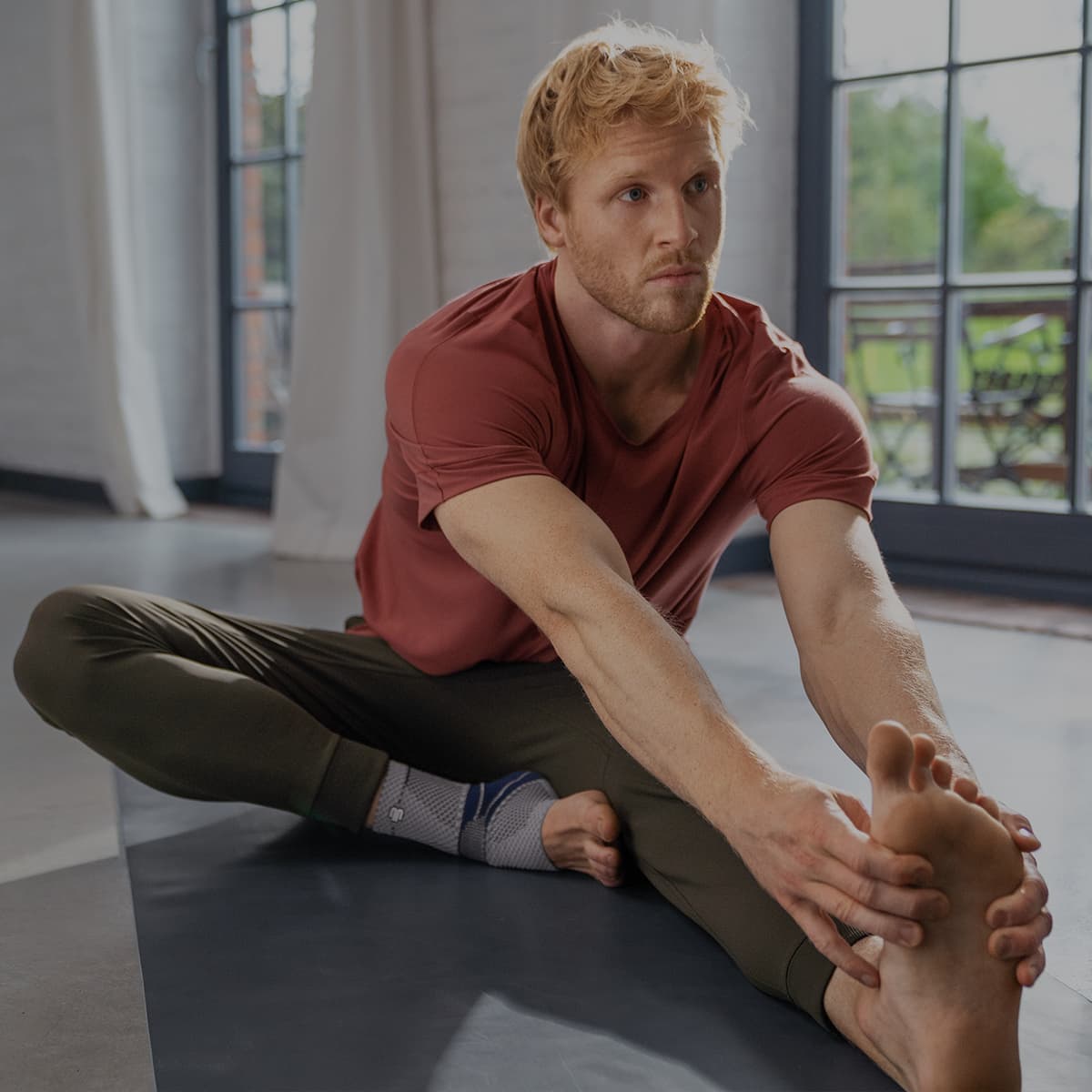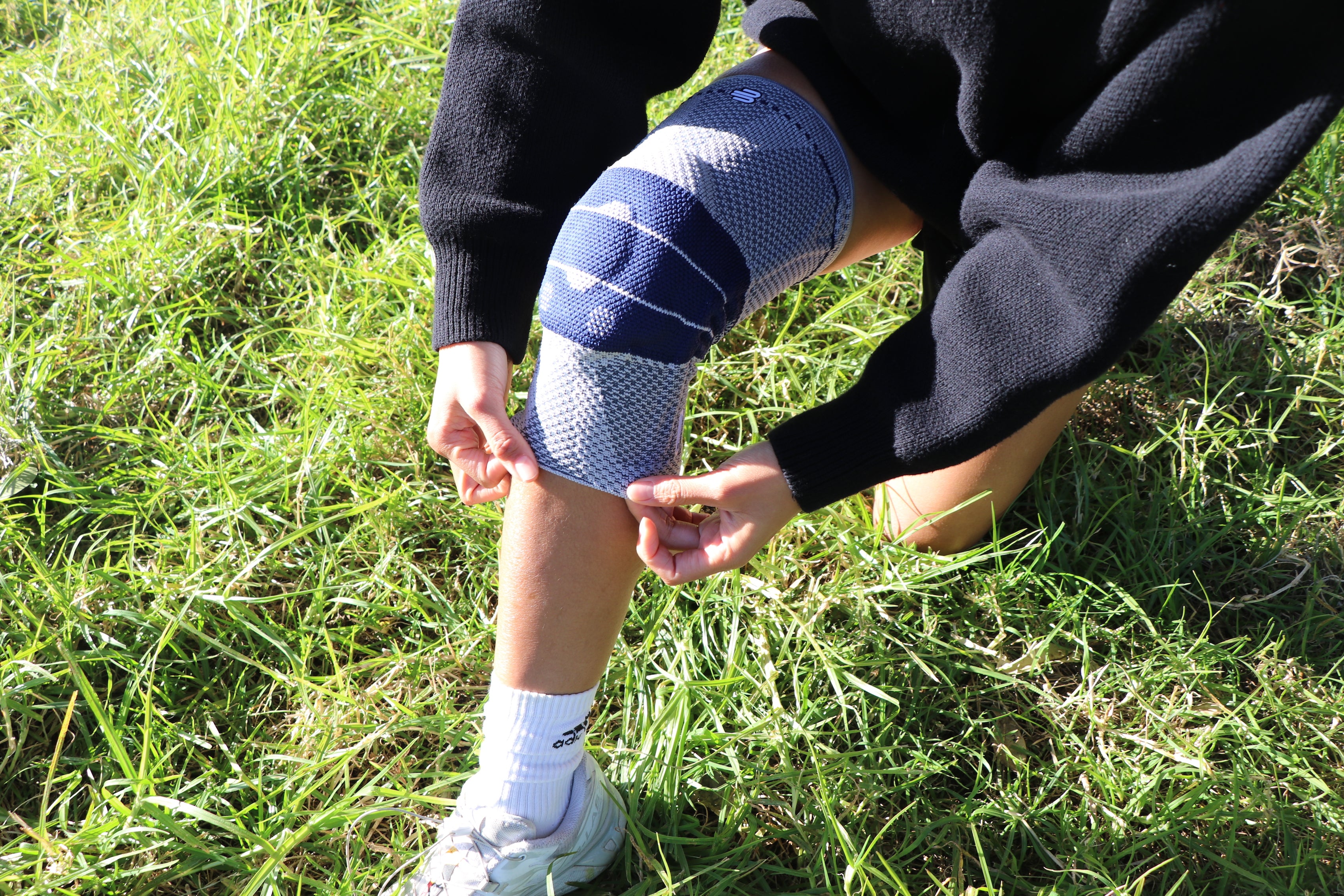Thumbs are essential to a good quality of life and daily function - so when pain strikes, it can be quite debilitating. Fortunately, a good brace can drastically reduce pain and support healing. So, what’s the best brace for thumb pain? Let’s get into the RhizoLoc and RhizoLoc OA’s features and how they support management and recovery from common thumb pain causes.
Anatomy of thumb pain
Thumb pain can develop from a number of injuries and conditions.
Thumb osteoarthritis usually occurs in the carpometacarpal joint, which is at the very base of your thumb, near the wrist. It can also occur in the 1st metacarpophalangeal joint - the visible base of your thumb. OA develops when the cartilage in these joints gradually wears away, becoming thinner and rougher. As a result, the bones can no longer move smoothly against it, leading to symptoms of pain, reduced range of motion, and swelling.
Skier's thumb is the partial or complete rupture of the Ulnar Collateral Ligament (UCL). Generally, this injury occurs when the thumb is forced into an unnatural position, such as when you fall over while holding ski poles. When this happens, you may develop a mild grade one sprain where the damage is microscopic, a moderate grade 2 sprain where the ligament partially tears, or a grade 3 sprain where the ligament fully ruptures. Depending on the severity, you may experience pain, swelling, instability, and redness. It may become difficult to grasp or hold objects.
Trigger thumb (stenosing tenosynovitis) affects the tendons and pulleys of the thumb, making it hard to bend and straighten it. It typically develops from overuse. Over time, your tendon or its surrounding sheath may inflame, making it harder for it to pass through the “pulley” as you move your thumb. As a result, you may experience a lump at the base of the thumb, a catching or popping sensation when trying to bend or straighten it, and pain. These symptoms come on gradually after extended/excess hand use - especially after gripping/pinching activities.
Fractures can affect any of the thumb’s three bones - the distal phalanx, proximal phalanx, or metacarpal. They can occur from direct trauma, such as a fall or blow to the hand, or indirect trauma, such as excessive pulling, twisting, or intense muscle contractions (e.g., in wrestling, hockey, or footy). Depending on how unlucky you are, you may develop a hairline fracture, crack, or complete fracture. You may also have a clean break (known as a Bennet fracture), or your thumb bone may shatter into multiple pieces (known as a Rolando fracture). With a broken thumb bone, you’ll generally experience severe pain, swelling, limited ROM, extreme tenderness on contact, deformity, instability, and even numbness or coldness.
The best brace for thumb pain
Bracing is often an essential step in injury recovery and pain management. It helps reduce stress on the joint, support it through everyday activities, and assists it through rehabilitative exercise.
RhizoLoc OA
As the name suggests, the RhizoLoc OA is best suited for thumb osteoarthritis, but it can also be helpful for mild thumb pain caused by things like grade 1 sprains and general irritation. The brace has an anatomically contoured polymer splint and a wraparound velour strap. They work to support and stabilise the thumb right where it counts, relieving pain while still allowing regular finger movement and grasping.
The thumb brace also incorporates perforations for breathability and soft edges around the splint for maximum comfort. Thanks to its simple design, you can easily put it on one-handed.
RhizoLoc Thumb Stabiliser
The RhizoLoc, meanwhile, is generally better suited for injury recovery. It features an anatomic splint that covers the proximal phalanx and metacarpal, keeping these bones and their joints firmly in place. This makes it ideal for injuries requiring immobilisation, like grade 2 sprains, skier’s thumb, and fractures. It is also suitable for more severe cases of thumb osteoarthritis.
Beyond bracing: improve your thumb OA and injury symptoms
No conservative therapy should be relied upon on its own. For the best outcomes, you should also:
- Do your rehabilitative exercises. Speak to your clinician to see which exercises are best to strengthen and mobilise the thumb muscles.
- Eat well. Vitamins D, K, and C are essential in muscle strength, bone density, and collagen synthesis.
- RICE. Rest, ice, compression, and elevation can kickstart healing and reduce pain for acute injuries. These methods are best applied in the first 48 hours.
- Heat. It warms up and relaxes stiff muscles, making it especially helpful for osteoarthritis.
To sum up
Thumb pain can interfere with many everyday tasks, like hanging laundry, cooking, and even opening doors. Fortunately, a quality brace will support the thumb, relieving pain and reducing damaging movements. It’s also important to combine bracing with other conservative therapies like physical therapy and RICE.


